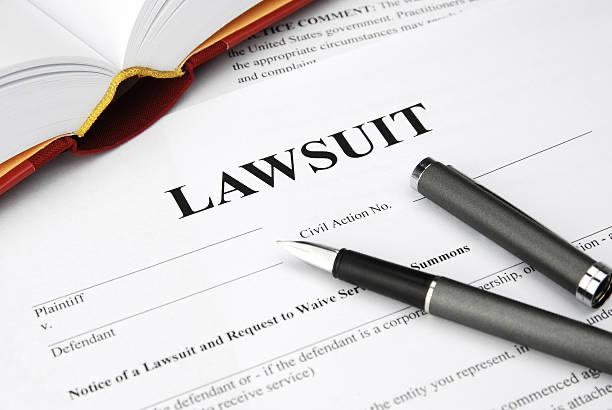PART 1: PRE-ACTION PROTOCOL LETTER
You may have received a letter in the mail from an Attorney-at-Law and a flurry of emotions overcome you. Keep calm! It’s a Pre-Action Protocol Letter pursuant to the Civil Proceedings Rules of Trinidad and Tobago (the CPR). The Practice Direction on Pre-Action Protocols given by the Supreme Court of Trinidad and Tobago underscores the steps that parties should take with respect to prospective legal claims which includes engaging in settlement discussions or alternative dispute resolution mechanisms for avoidance of litigation which involves considerable expense, time and Court resources.
The person instigating the claim is known as a claimant and the person defending the claim is known as the defendant. After receiving a Pre-Action letter, the defendant typically has a specified time, approximately 28 days, to respond to the allegations or claim set out in the Pre-Action Protocol Letter which should give details of the claim, refer to and annex documents relied upon by the claimant and give opportunity for engaging into settlement or negotiation discussions to resolve the claim before resorting to litigation.
PART 2: COMMENCING LEGAL ACTION AND DEFENDING A CLAIM
If the proposed defendant does not respond to the letter, the proposed claimant may begin proceedings by filing a Claim Form and Statement of Case in the Supreme (High) Court. These documents set out the particulars of the Claimant’s claim with the facts of the events that caused the dispute and identify documents in support of same. The Claim Form and Statement of Case must be served on a Defendant personally.
After receiving a claim, the Defendant must file an Appearance within 8 days of receiving the documents and file a Defence within 28 days of receiving the documents. The Appearance shows the Court that a Defendant wants to defend the Claim and the Defence serves to indicate what parts of the Claim are admitted and denied.
You may ask, what happens if you don’t file a Defence on time?
Both the Claimant and Defendant can agree to extend the time for up to 3 months, failing which any extension needed must be sought from the Court
PART 3: AT THE COURT
Filing of a Defence triggers the Case Management system whereby a Judge and date for a first hearing known as the Case Management Conference is set and all parties are informed. Here, the Judge will coordinate the future life of the matter and its prospective resolution by hearing any applications made by parties, giving directions and setting various dates for disclosure of documents that each party wishes to rely on in order to either prove its case (Claimant) and to defend the claim (Defendant) and filing and exchanging witness statements. There may be a Pre-Trial Review date set at which the Judge may examine whether all pre-trial directions have been followed. After the witness statements are filed and exchanged, it is tendered as evidence at a trial and the witness who gave evidence in a witness statement may be cross-examined, i.e. asked questions by the opposing side’s attorney at trial. After the Claimant presents its evidence, the Defendant may present his case after which the case is closed. The Court may give its decision at once or at a later date, which is more typical. If you are unsatisfied by the Court’s decision, you may appeal to the Court of Appeal, and even further, the Privy Council

